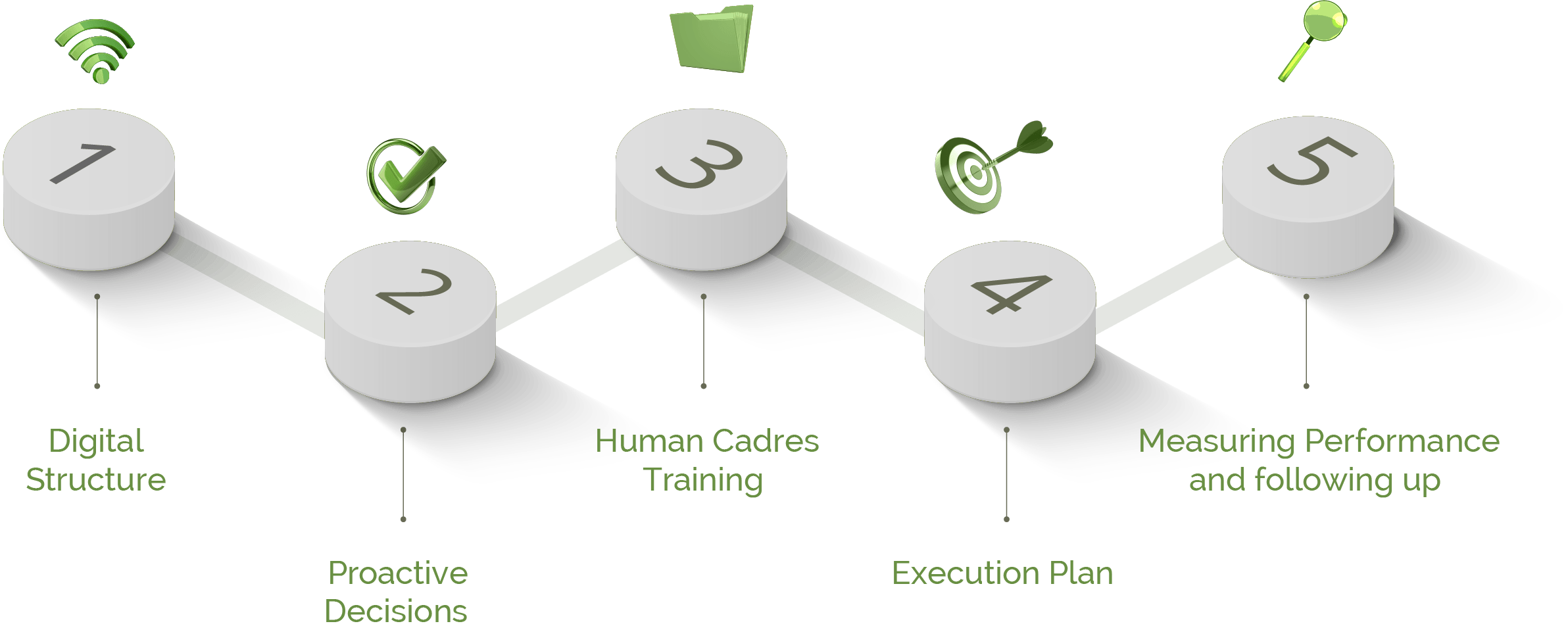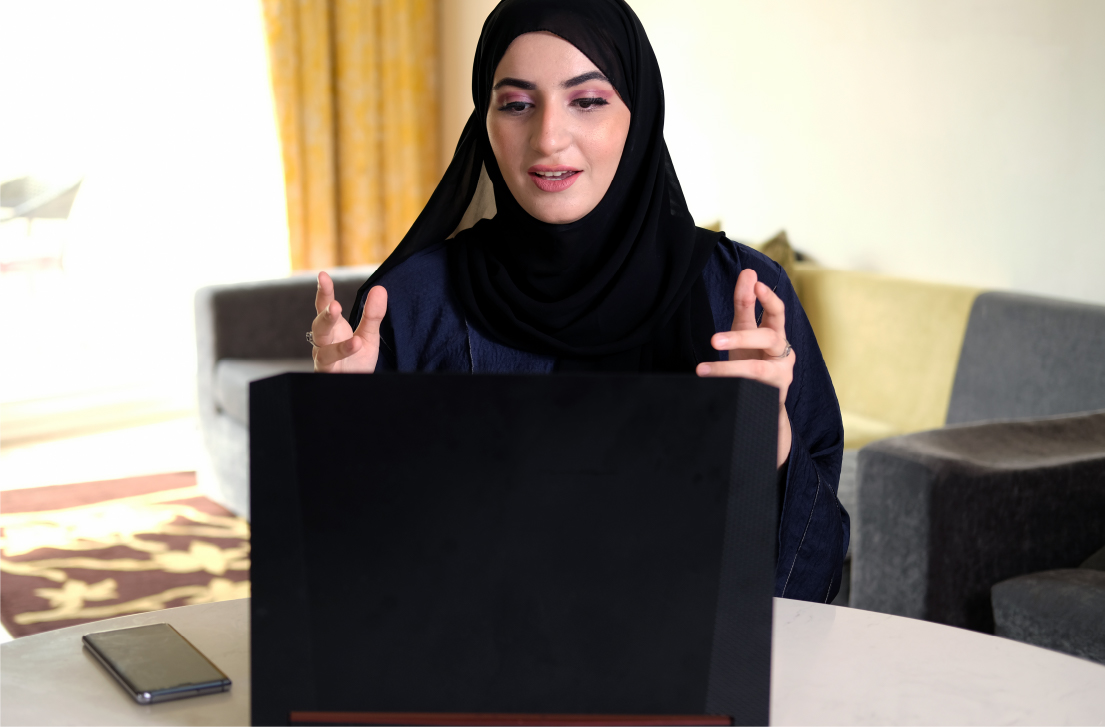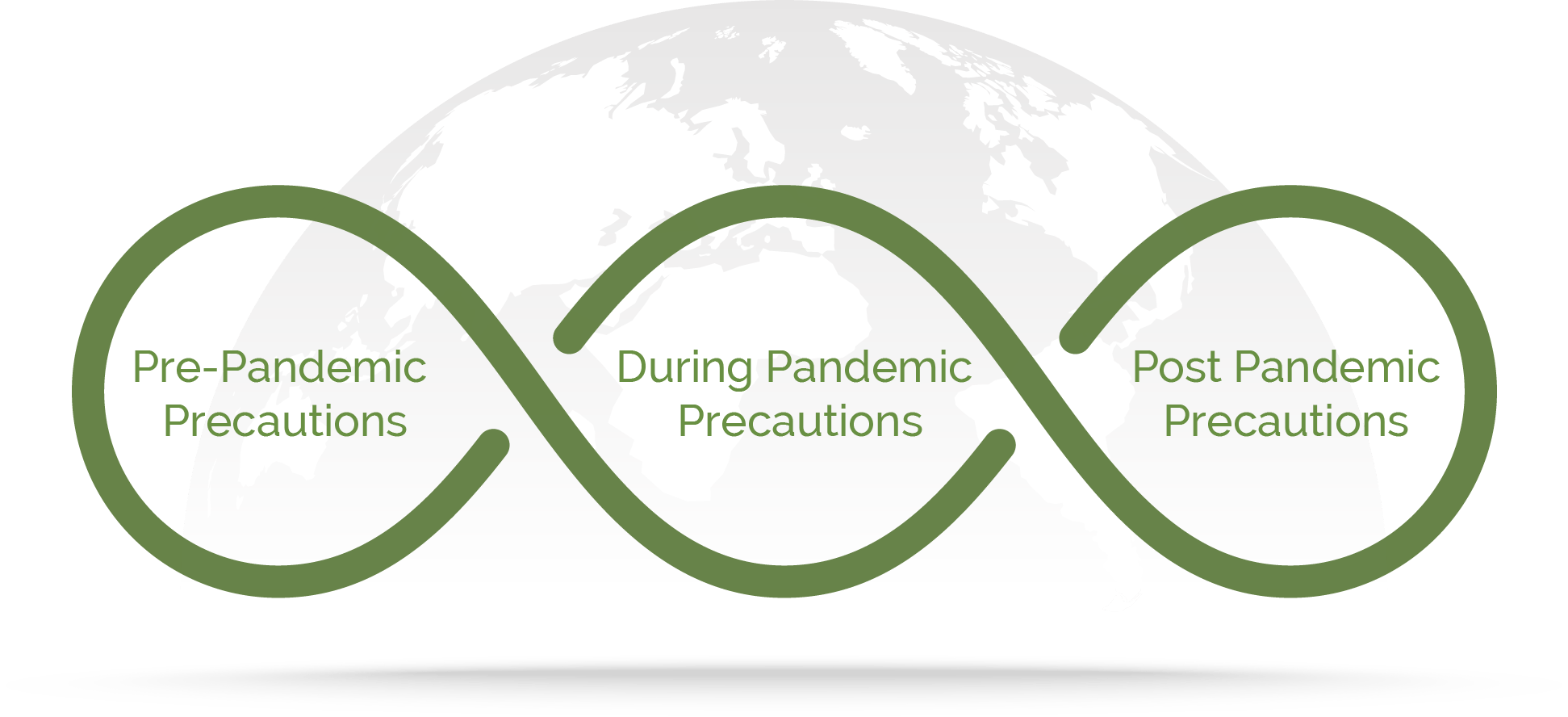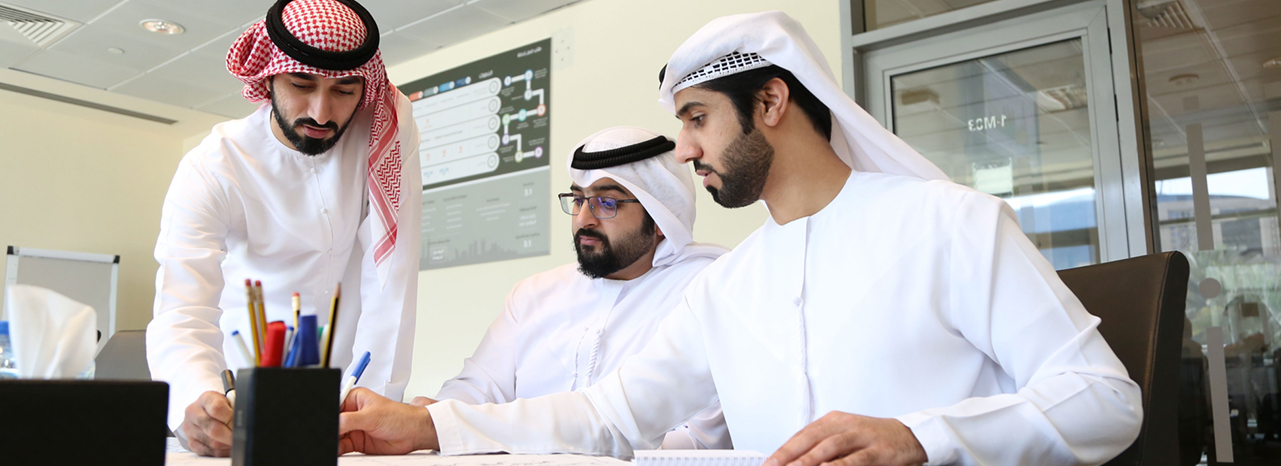Business Continuity Methodology

Digital Structure & Proactive Decisions
Since the first day of announcing the possibility of a worldwide pandemic (Covid-19), and before the announcement of the discovery of the first case inside the country, the Fund has been ready to implement the business continuity methodology prepared in advance to encounter any emergency or crisis of any kind.
Immediately after the plan implementation, the Fund began to take many proactive decisions that relied on readiness and advanced technologies that were previously prepared, and to benefit from the digital transformation of services and electronic linkage with partners, which is positively reflected in providing services to customers from the first day of the pandemic. From one hand, working between providing the logistics of working remotely, and the needs of the Fund's cadres to facilitate the completion of their work; and taking the decisions related to the customers, partners and other activities of the Fund, on the other hand.

Elements of Business Continuity Methodology:
The Fund has adopted the best global practices in business continuity management during the (Covid-19) pandemic, according to a scientific methodology that has been adopted proactively. The methodology has included solutions and measures to address any potential crisis scenarios, especially since this methodology was developed according to a scientific method that covers all aspects, whether before, during or after any emergencies or crises.
The business continuity methodology aimed to identify, classify, understand and prioritize risks, develop plans that reduce these risks, respond to any emergency in an appropriate manner, and enable the Fund to respond quickly and effectively with any crisis that may occur, whether technical or human.
Furthermore, testing and training were carried out on all its items to ensure accuracy. Accordingly, after confirming the outbreak of the pandemic and working remotely decision was made, the work team, was only required to apply the previously established methodology, and activate it accurately and quickly.
As usual, the Fund has taken all the necessary measures to commensurate with the nature of the business, and the priority was to continue providing services with the same quality. The existence of strong infrastructure and the complete digital transformation that entered into force over the 3 years before the pandemic played the major role in having a smooth easy process.

Business Continuity Management Pilot Simulation
The Fund implemented a pilot simulation of Business Continuity Management (BCM), targeting training on how to act in times of crisis, and measuring the time needed by the Fund to restore its business, based on the Business Impact Analysis (BIA) process that determines the priority of restoring services according to their importance and impact.
The experiment also aimed to measure the extent of the Fund's ability to continue its business in emergencies and catastrophes, in addition to testing the speed of the Fund's team in dealing with the pandemic, and the adopted mechanisms in this regard, including the related messages sent to the employees or the media.
The Human Cadres
The human element represents the most important resource for the Fund. However, it was important to define the appropriate measures to maintain the basic skills and knowledge in case of any emergency. According to the business continuity methodology, the techniques for protecting and developing the skills of the employees consisted in training the team on multiple jobs and job rotation; providing specialists who can work temporarily; as well as skillful employees in one or more locations.
Moreover, the Fund has been keen to continue the training processes and support the team with qualification courses which focus on how to respond effectively to emergencies, and empower the team to manage crises upon their occurrence.
The Smart Office
As soon as the possibility of switching to remote work system was introduced, the Fund's specialized team, in the Information Technology Division, began implementing the contingency plan and business continuity related to equipping the necessary infrastructure. Hence, all the necessary equipment were provided to the team, such as laptops, as well as all the means and tools associated with the completion of their work according to each division. Moreover, the IT Division applied all the technologies that ensure the communication continuity between the team, such as reliable communication applications, data sharing techniques, while ensuring their protection and confidentiality, in addition to the techniques related to managing joint projects by using the appropriate methods and programs, and providing them to everyone. The entire Fund’s team has “Maktabi” System, which allows the completion of work in any place without the need to be in office. Moreover, the Division enabled the employees of the Business Contact Center to receive contacts and inquiries of entities via their personal phones during official working hours from anywhere, by smart linkage of the Fund's communications system to their mobile phones, via the call-forwarding feature.
Remote Work System Enforcement
Unlike many institutions, the experience of “working remotely” was not new to the Fund or a product of the pandemic (Covid-19), as the first phase was implemented before the end of 2018, and its implementation was completed empirically at the beginning of 2019. In general, the success of the remote work experience is due to the relentless efforts made by the Fund in its various sectors, officers and employees, during the past years, to keep pace with the digital transformation processes in providing government services, according to a comprehensive technical business program, all internally and externally, by using the latest technologies to provide customers services.
The Stages of Remote Work System enforcement
0%
of the Fund employees - February 2020
0%
of the work force in the Fund - March 2020
0%





